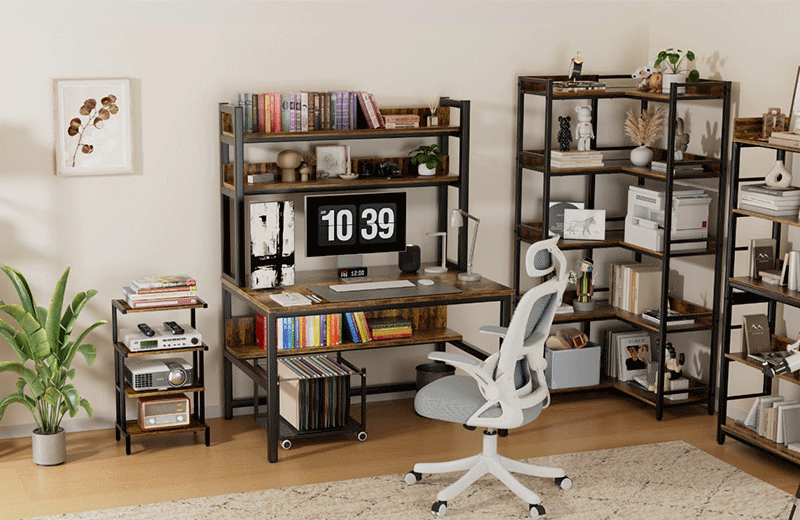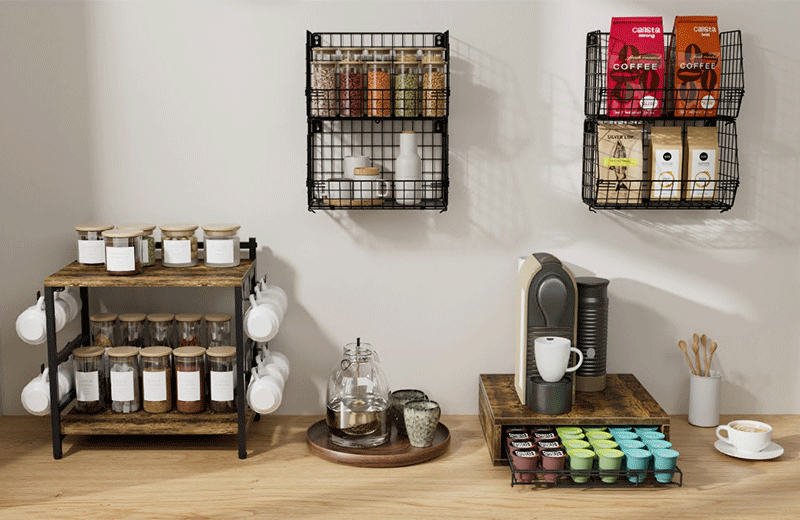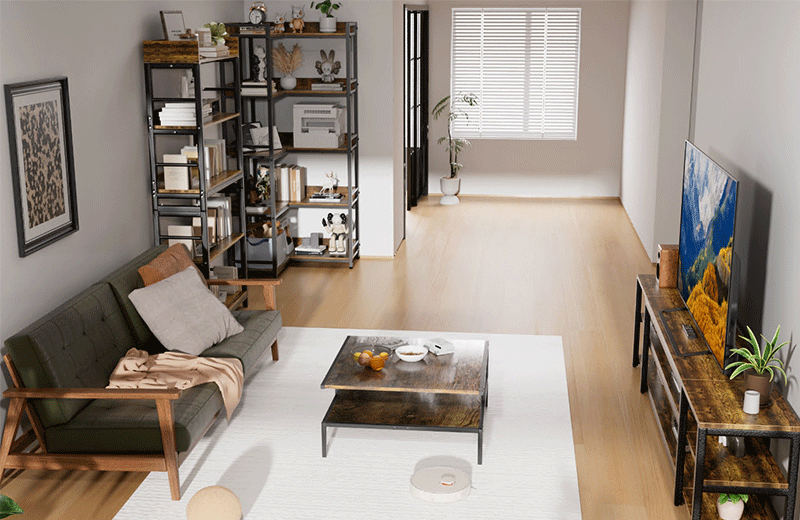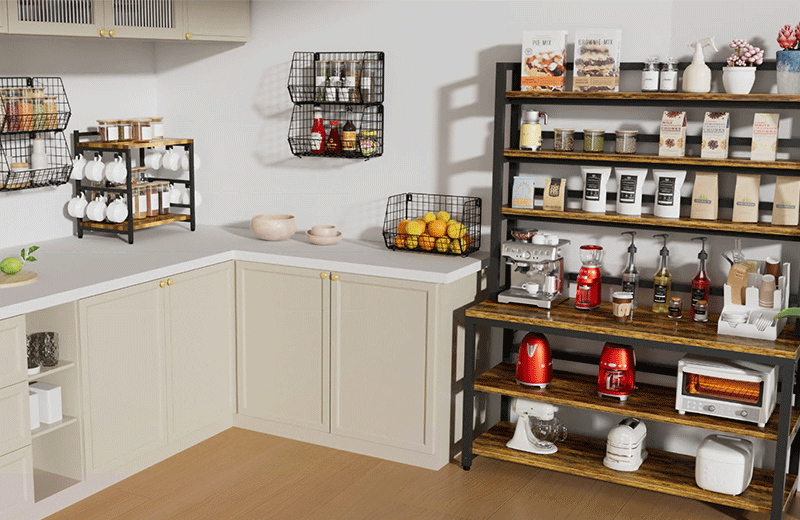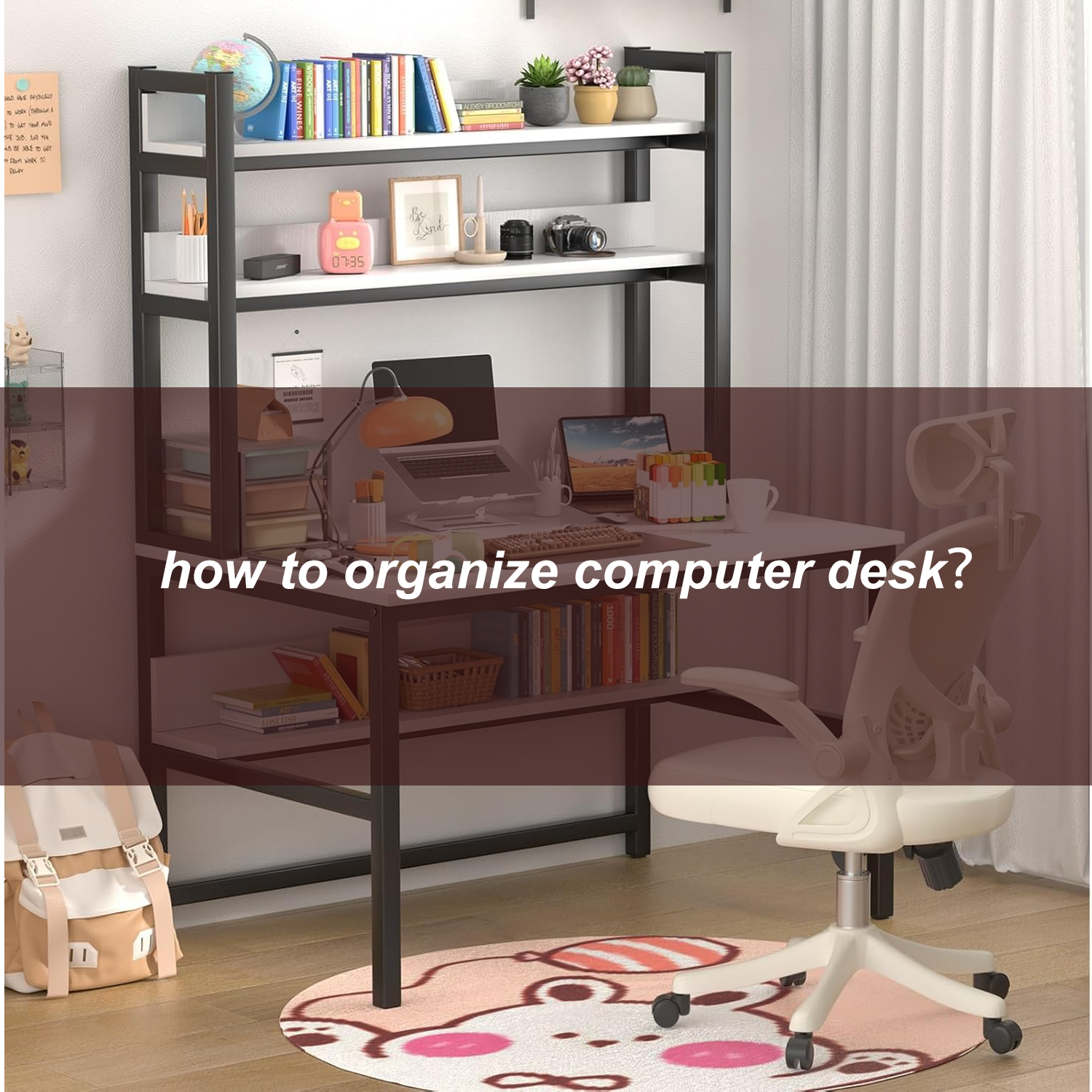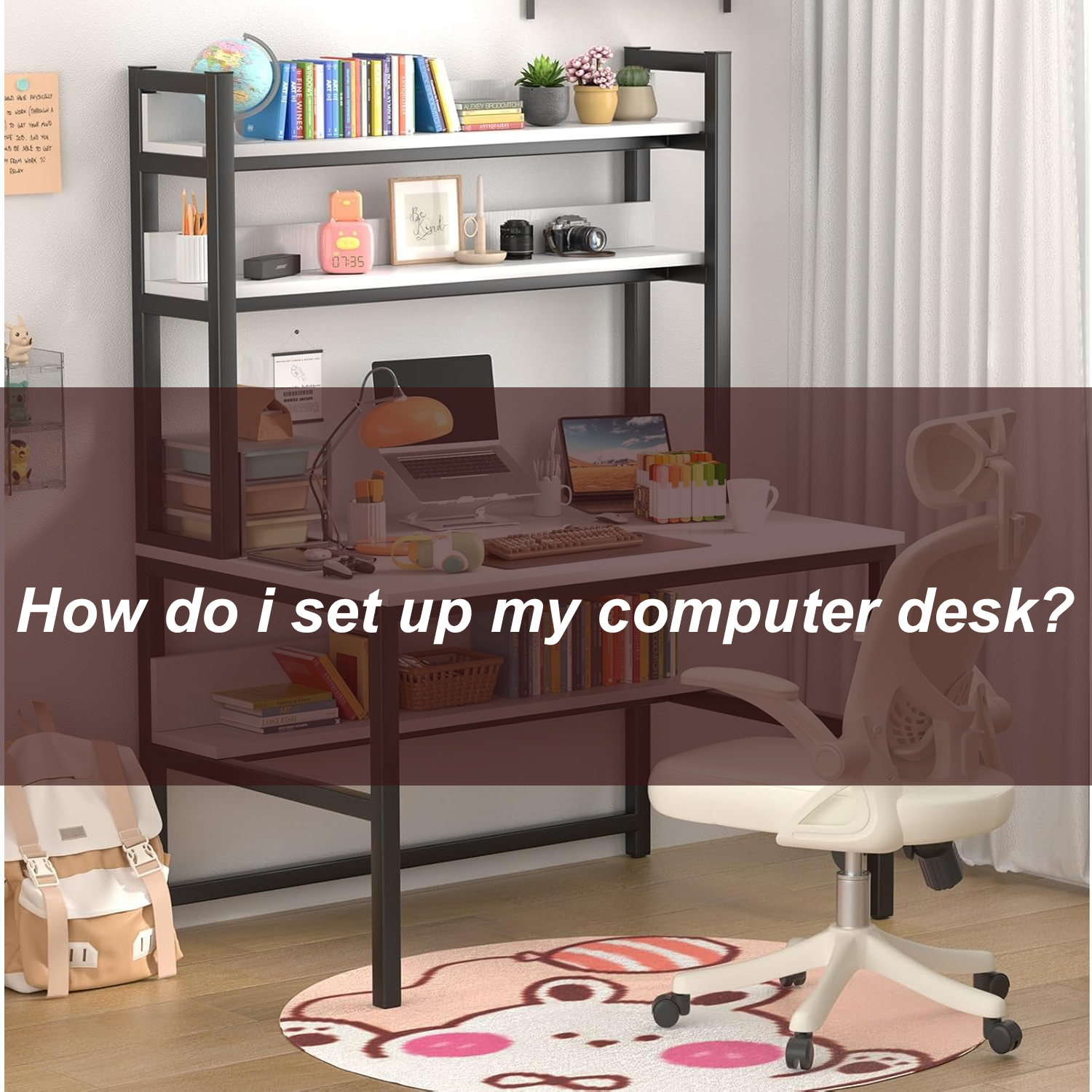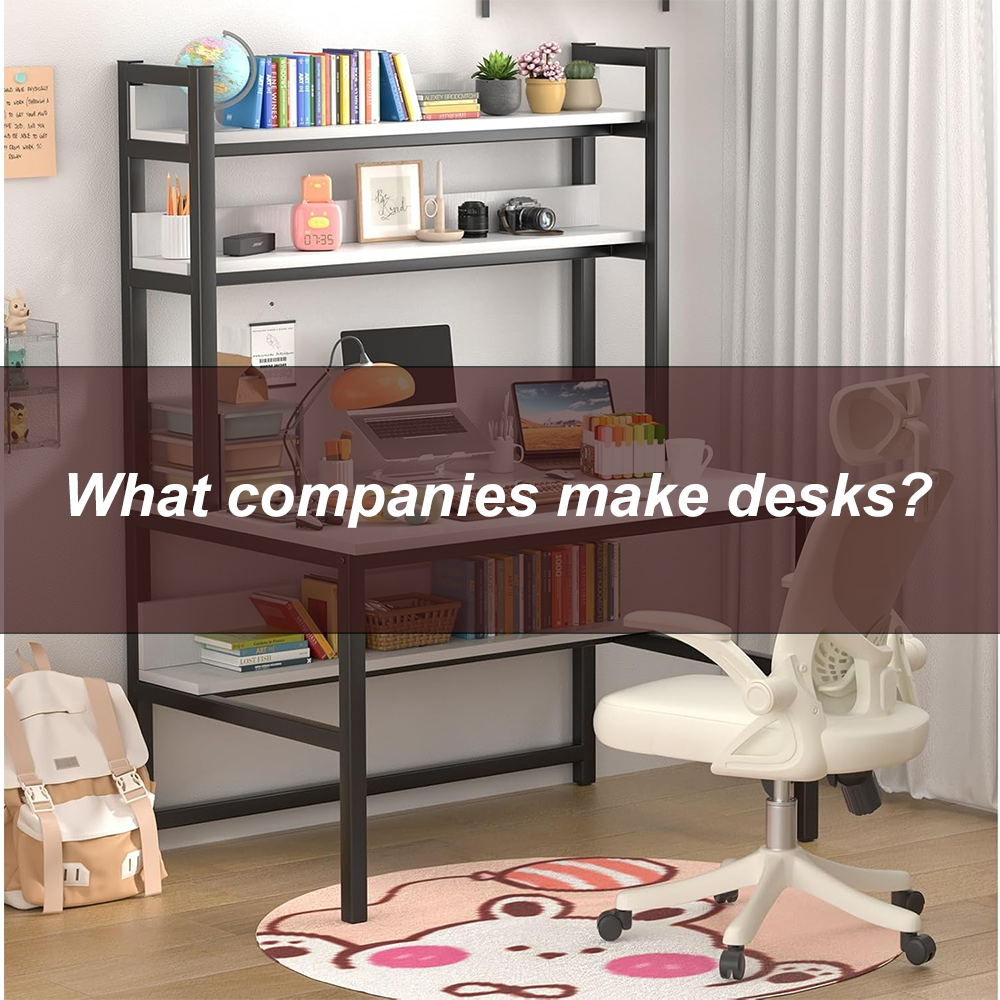In our bustling modern lives, countless hours are spent at computer desks, engaged in work, study, or simply unwinding. A disarrayed desk can induce stress, diminish productivity, and stifle creativity. To enhance your workspace's efficiency and pleasure, begin by organizing your computer desk.
This article offers practical advice and strategies for desk organization, clutter reduction, and workflow enhancement.
-
Embracing a Blank Canvas The organizing process begins with a complete desk clearance. Remove all items—documents, writing instruments, electronic devices, cables, and any accumulated miscellany. Clean your desk thoroughly with a microfiber cloth to eliminate dust and grime. A pristine surface offers a new beginning and helps you discern what truly merits retention.
-
Streamlining Your Workspace Desk clutter often stems from unnecessary items. Here are strategies for streamlining:
Organize Paperwork: Review all documents and decide which to keep and which to discard. Retain only vital papers and consider digitizing important documents to conserve space. Eliminate Unnecessary Items: Desks often accumulate non-essential items like outdated receipts, unused supplies, or decorative objects that merely consume space. Remove anything unrelated to your work or productivity. Relocate Off-Desk Items: For items not belonging on your desk (personal effects, books, snacks), establish designated storage elsewhere. This practice promotes a professional, uncluttered workspace.
- Utilizing Desk Organizers for Orderliness Post-decluttering, consider investing in organizers to maintain order:
Drawer Organizers: Desk drawers can become repositories for miscellaneous items. Employ dividers or bins to categorize pens, paperclips, notepads, and other supplies, labeling each for ease of retrieval. Writing Utensil Holders: Store writing instruments in a container to prevent rolling and loss. A simple cup or an elegant holder keeps pens and pencils conveniently accessible. Cable Management: A chaotic cable mess is a common source of desk disorder. Employ cable clips, sleeves, or boxes to manage charging cords, power cables, and peripherals. Consider wireless alternatives to minimize cable presence.
- Crafting a Practical Desk Layout Desk arrangement significantly impacts comfort and productivity. Here are tips for an effective layout:
Monitor Positioning: Position your monitor at eye level to prevent neck and eye strain, reducing fatigue and improving posture. Accessibility of常用 Items: Regularly used items like your mouse, keyboard, notepad, and phone should be easily accessible, minimizing search time and maintaining focus. Vertical Space Utilization: For limited desk space, exploit vertical space with wall-mounted shelves or floating storage to store books, documents, and supplies without desk space encroachment.
- Enhancing Productivity with Lighting Lighting is crucial for comfort and productivity at your desk. Poor lighting can lead to eye strain and fatigue, impeding focus. Here are lighting improvement tips:
Maximize Natural Light: Place your desk near a window to benefit from natural light, which can elevate mood and energy, enhancing productivity. Desk Lamps: A quality desk lamp is essential for tasks requiring focused lighting. Choose an adjustable lamp to direct light as needed. LED lamps with adjustable brightness are optimal for reducing eye strain. Screen Glare Avoidance: Position your desk to prevent screen glare from windows or overhead lights. Anti-glare screens also mitigate strain.
- Personalizing Your Work Area While functionality and organization are paramount, personalizing your workspace can enhance its appeal. A comfortable, visually pleasing environment can boost motivation and inspiration.
Indoor Plants: Plants introduce greenery, improve air quality, and create a serene atmosphere. Opt for low-maintenance plants like succulents or air plants if you're not a gardener. Personal Accents: Display a few personal items—favorite photos, decorative mugs, motivational quotes—to add character. Balance is key to avoid clutter. Desk Mats: A stylish mat protects your desk and adds personality. Choose one that matches your style and enhances the aesthetic.
- Preserving Your Organized Desk Maintaining your desk's cleanliness and order is crucial after organization. Develop these habits for ongoing order:
Cleanliness On-the-Go: Return items to their designated spots immediately after use to prevent desk clutter. Weekly Desk Audits: At week's end, spend a few minutes tidying and organizing. Discard unnecessary papers, straighten supplies, and ensure everything is in order. Periodic Layout Reviews: Every few months, reassess your desk organization. Adapt your setup to changing needs or workflows for sustained efficiency.
Conclusion A well-organized computer desk profoundly impacts productivity, focus, and well-being. By following these tips, you can transform your workspace into a functional, uncluttered, and inspiring environment. Organizing your desk is an ongoing task requiring regular upkeep, but the benefits of a neat, well-structured workspace justify the effort. Whether home-based, studying, or managing a business, a tidy desk paves the way for success.

